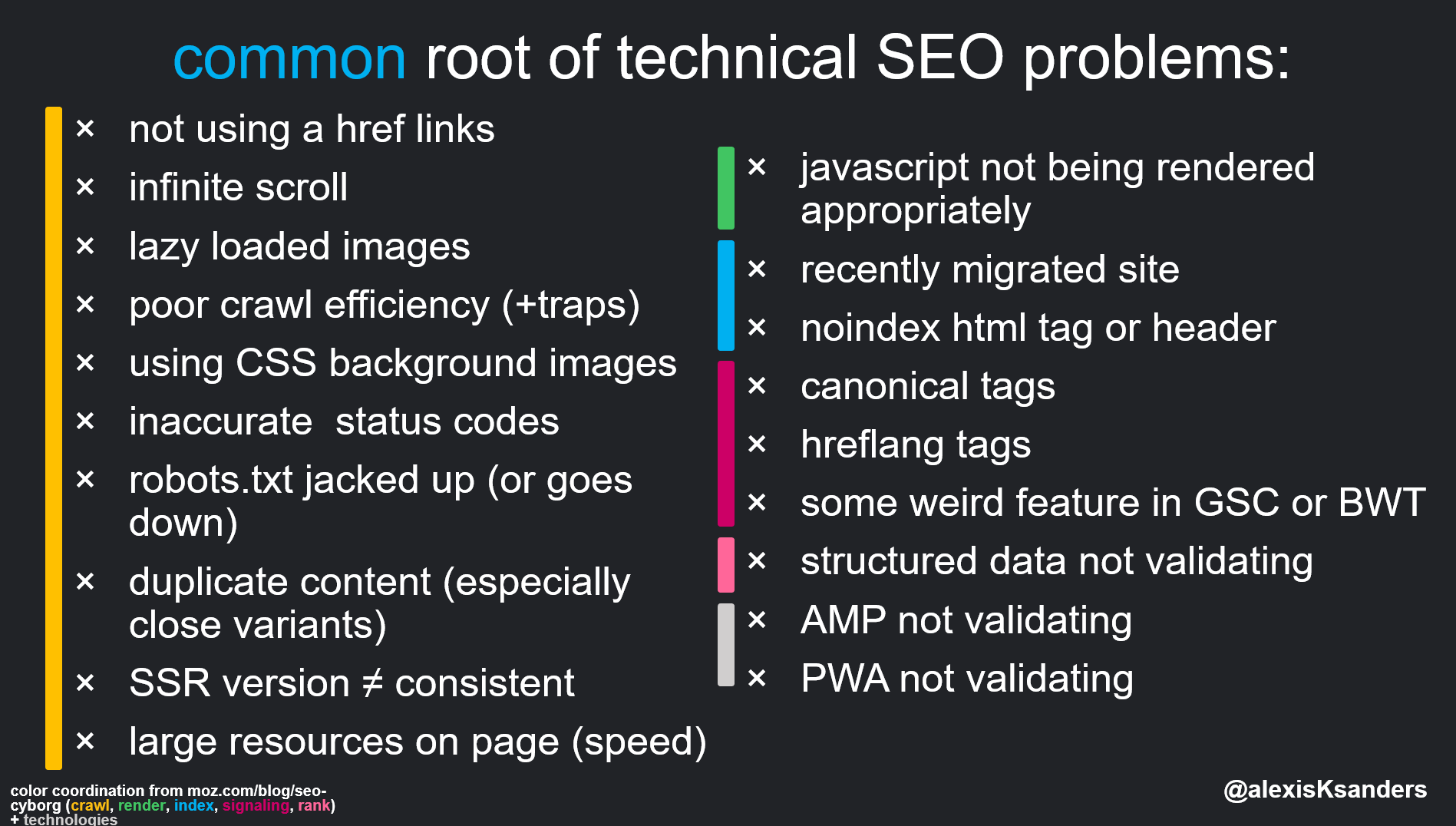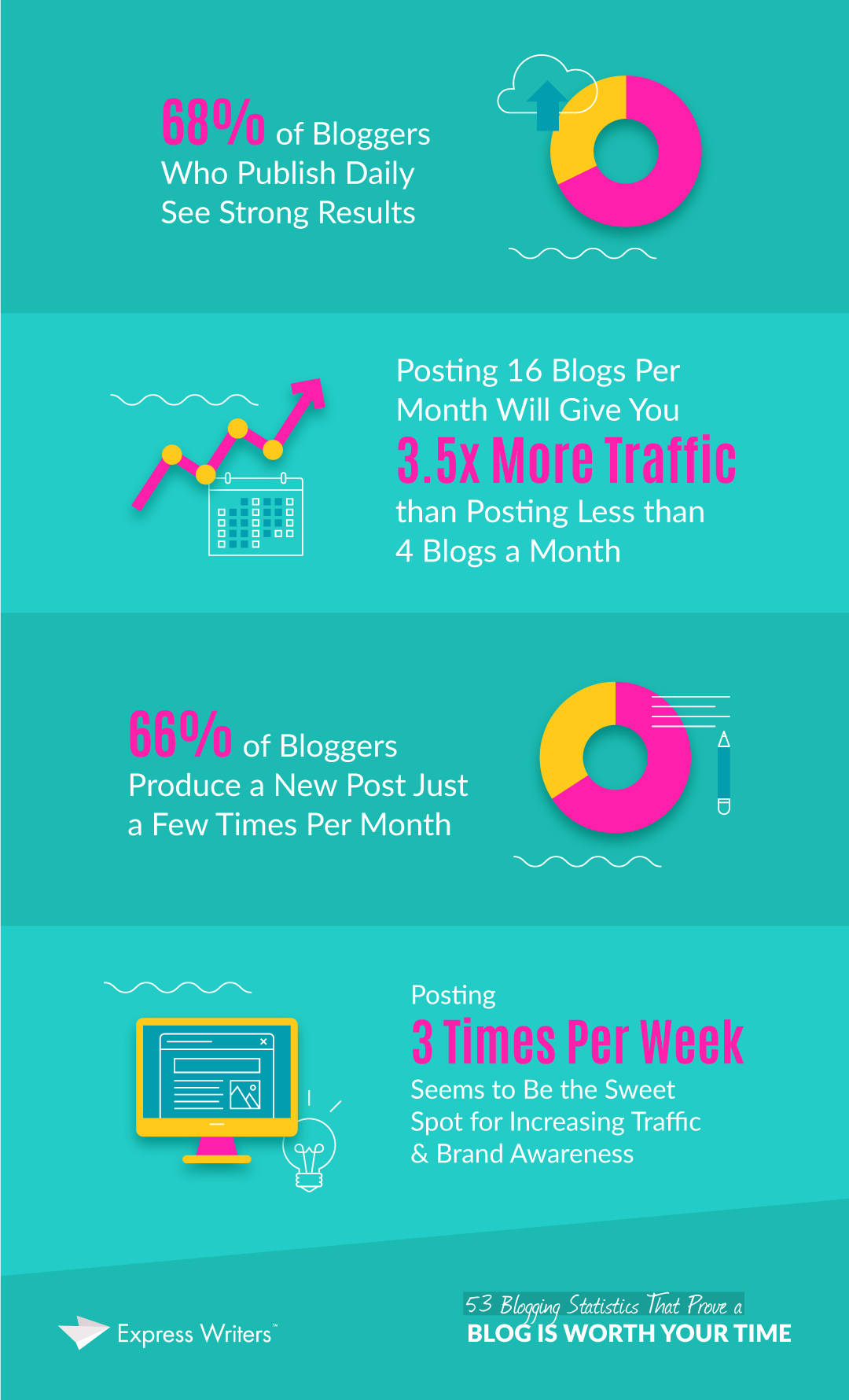
This article will teach you how to write SEO-friendly content. You'll learn how to outline your article, research your keywords, and incorporate secondary keywords. Don't forget to incorporate transition words. Once you've got your content written, it's time to optimize it for search engines! For great tips, continue reading! These are the top tips for making your article search engine friendly.
Do not forget to outline your content
An effective strategy to ensure your article's SEO content is search engine-friendly is to outline it. While there are many ways to structure your outline, using the C.R.A.A.P. It is easy to establish a base point by using the C.R.A.A.P. The following are some examples of how to structure an outline:
An outline can help you decide what sections are needed and how thin they should be. An outline can help you decide whether you want to combine two or more topics or nest certain sections. Because keyword placement is not the only factor to consider, it can help you identify your target audience. A great outline will cover all of the elements required to write a blog post. These are some of the benefits of a good outline for SEO content.
Create a short outline of the content you want to write. This outline should include your primary keyword, as well as a list related terms. You should also consider your target audience, word count and audience. Include any core questions that you wish to answer, call for action, and suggested title and meta descriptions. Do not forget to outline your subheadings. A content outline can help you to achieve cohesion in content and make the most out of your writing time.
A purpose should be the focus of your blog posts. Avoid using cliches or cliches. Your blog post should engage and be relevant to your audience. Make sure to include your target audience in the introduction. Your audience will be more likely to be interested in your content. After all, they will find it easier to read. Before you begin writing, make sure to outline your SEO content. This will help you to write better blog articles.
Research your keywords
There are several steps that you can follow to research your keywords. The first step is to determine which keywords are the most important. While you might think that your articles may not be relevant to the topic at hand, Google Trends or AdWords will help you identify the most important keywords in your niche. After you have identified the most common keywords, start thinking of how to adapt your content to this keyword strategy.

Keyword research isn't about tricking Google. But it is about understanding what your audience wants. To create content that people will want to read, it is important to understand how they search. For example, the keyword "Thailand travel guide" could mean a blog post about travel in Thailand or a human travel guide. Your content will rank high if it addresses the needs and wants of your audience.
Once you have chosen the keywords that you want to target you can start to research them. Google them to find out what results you get. Comparing your competitor's websites with yours will help you determine which website is most effective for your audience. Moreover, consider the user intent. Is the keyword indicating that users are searching for a Thailand travel guide or other information? If so, you might want to focus on a specific area.
Also, you should check the monthly search volume for your targeted keywords. Analyze the MSV for your target keywords to see how often they appear on the SERP. Using this information, you can target more keywords for your SEO content. And once you've compiled a list of keywords, you can write articles and blog posts based on each keyword. Also, you should review your content to ensure that there is no keyword cannibalization.
Incorporate secondary keywords
Secondary keywords are smart for many reasons. First, it helps to enhance the overall content quality and appeal to your readers. You can avoid writing articles that only focus on your primary keyword. It is unlikely that it will match the readers' intentions. Secondary keywords can help your content match the needs of your audience and will make your article seem more natural.
Using the right keywords in your content is important for your SEO efforts. It will help your readers navigate your articles and increase their chances of getting found in search results. You should use your primary keywords within the article title, metatag descriptions, and first paragraph. Use them at a density between 3 and 5 percent. Secondary keywords can be used in one to two places throughout your content. This is a great technique to increase search engine visibility for your content.
When used properly, secondary keywords can increase your SEO ranking. Your secondary keywords should be relevant to the primary keyword's intent. These keywords can be used to create additional content ideas, like an article about a simple chocolate cake recipe. It is best to go through the list before you start writing. Avoid repetitive writing, and only use synonyms when you absolutely need them. To refresh your content, make sure you use an LSI keyword listing.
Google's autocomplete tool is another option to include secondary keywords into your SEO content. This feature allows users to see what other people are looking for and then drop the search down a list of possible terms. These phrases are not random. They are real searches that people are doing online. Secondary keywords can improve the likelihood that your website is found by the reader. Google Keyword Planner is a great tool to help you find secondary keywords and improve the content.
Include transition words
Your SEO content can be differentiated by using transition words. Transition words are not a ranking factor in your SERPs. However, they can make your posts readable and easier to understand. You can use transition words to signal cause and effect. In order to learn how to use transition words effectively, read this guide. Apply these tips to SEO content.

Transition words communicate the relationship between paragraphs. Without these words, readers might not understand the connections between paragraphs, but when you use transition words, your content will read more clearly, be more engaging, and be more informative. Whether you use transition words for SEO or not, they are necessary for creating clear and well-structured text. They will reward you with better SEO.
You can use transition words to notify your readers of any major changes in the content. They can be thought of like signs on a twisting road. Transition words make it easier for readers to follow your content. These words aren't necessarily the best choice for every content type, but they will ensure your reader's experience with your SEO content is more pleasant and effective. You can learn more about transition words from other authors if you're a beginner.
Yoast SEO plugin and WordPress both have built-in tools for ensuring that your content uses transition terms. These tools analyze your content to determine when it requires them. The tools use three kinds of transition words to optimize your SEO. Yoast SEO has three types to help make your content easier to read and more useful. Yoast can also search for words with two parts.
Speed up your content
There are several ways to optimize your SEO content for speed, and focusing on one of them can greatly increase your site traffic. If you follow these guidelines, you will be able to gain an advantage over the rest. Meta tags and keyword phrases can be used to make your content search engine friendly. You can increase your page's ranking in search engines by using these strategies.
Use images. Images are important for search engine optimization because they make it easier for the reader to find your content. Images can not always be indexed. It is essential that you use the alt text attribute of HTML to describe images. Make sure it's descriptive and provides context for the search engines. HubSpot SEO Panel allows you to identify optimized images. It also helps improve user experience. You can also add relevant hyperlinks to the optimized content.
FAQ
How much does SEO cost?
SEO costs can vary depending on the company's size, industry, budget, and other factors. While smaller companies might only need to spend a few hundred dollars a month, larger companies can expect to spend thousands a month. Use our SEO calculator for a free estimate.
What is an SEO Campaign?
An essential part of any website is its content. Search engines won't rank your site high enough if you don't include relevant and helpful information.
SEO campaigns help optimize your site by obtaining links back from other websites. It also includes social marketing optimization. This refers to using Twitter, Facebook or LinkedIn to drive traffic to your site and increase brand recognition.
These will increase traffic to your website, and your SEO rankings. SEO campaigns are focused on building quality links back from your site to ensure that Google recognizes your website as valuable.
How often should I update my site?
Updating your site regularly can improve its rankings. However, this is not always necessary. You may not have to update your content if it's already good.
Statistics
- Deleting those 10k pages is one of the main reasons that he improved his site's organic traffic by nearly 90%: (backlinko.com)
- A 62.60% organic traffic boost to that page: (backlinko.com)
- These guides are designed and coded 100% from scratch using WordPress. (backlinko.com)
- Which led to a 70.43% boost in search engine traffic compared to the old version of the post: (backlinko.com)
- If two people in 10 clicks go to your site as a result, that is a 20% CTR. (semrush.com)
External Links
How To
How to create a successful SEO campaign
Creative writing is not for everyone. You need to know how you can stand out.
Most writers are similar. When they write, they tend to follow the same pattern. They often repeat themselves, and fall back onto cliches.
The trick is to break out of those patterns and develop fresh ideas. This requires thinking outside of the box.
It means looking for ways to make your writing more entertaining. Writing for an audience requires that you consider their motivations. What makes them happy? What makes these people laugh? What makes them cry?
What is it that excites them? What scares?
These questions will help you think through your writing. Ask yourself why anyone would be interested in what you have to say. What makes you think anyone would read what you have to say?
Once you've figured that out, it's time to start crafting your story.
Start with your hook. Your opening line is crucial. It is the first impression readers get. Make wise choices.
Next, decide whether your piece is going to be informational or persuasive. Informational pieces explain facts. Persuasive articles convince readers to agree.
Next, decide whether you will tell stories or provide examples. Stories are captivating. These examples show you how it works.